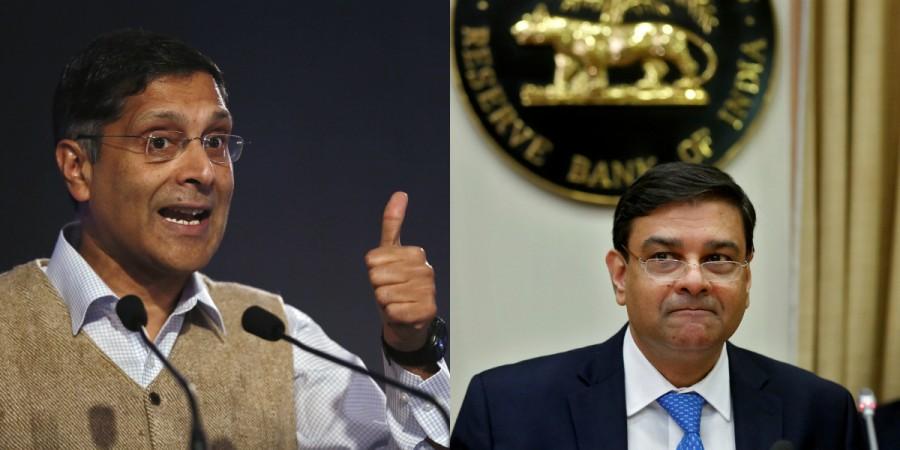![A worker cuts a metal pipe inside a steel furniture production factory in the western Indian city of Ahmedabad February 2, 2015 [Representational Image]. India manufacturing sector](https://data1.ibtimes.co.in/en/full/628232/india-manufacturing-sector.jpg?h=450&l=50&t=40)
India's manufacturing activity lost momentum in October and barely expanded due to a fall in domestic demand, as the implementation of the new Goods and Services Tax (GST) regime spurred confusion among businesses and consumers.
A private survey on Wednesday showed that the Nikkei Manufacturing Purchasing Managers' Index (PMI), compiled by IHS Markit, fell to 50.3 last month from September's 51.2 — its third month above the 50 mark that distinguishes growth from contraction, Reuters reported.
"Inflows of new orders stagnated as the negative effects arising from the implementation of GST continued to dampen demand levels," Aashna Dodhia, an economist at IHS Markit, told Reuters.
The implementation of two big economic reforms – demonetisation last year and the rollout of GST in July 1 this year — has disrupted business activity and consumer spending. This further pushed economic growth to cool down to 5.7 percent in the June quarter — its slowest pace in three years.
Also, according to a latest Reuters survey, India's economy might grow at its slowest pace in four years in the current fiscal year.
The International Monetary Fund (IMF) had last month lowered India's growth projection to 6.7 percent in 2017, which is a tad less than its previous two forecasts, also slower than China's 6.8 percent growth rate.
The Reserve Bank of India (RBI) in its October monetary policy meeting had also slashed its growth projection to 6.7 percent from its previous forecast of 7.3 percent.
But, despite the economic slowdown, India jumped to the 100th place on the World Bank's ranking of countries by Ease of Doing Business — up about 30 places from the previous such survey.
Further reports also suggest that growth activity is expected to increase gradually to 7.4 percent by 2020, driven by a recovery in private investments which continues to face several domestic hurdles like corporate debt, regulatory and policy challenges and the risk of an imminent increase in US interest rates.
Also, after RBI slashed its growth forecast last month, the Narendra Modi government had assured businesses and consumers that growth would gain significant momentum in the coming quarters.

Growth is estimated to accelerate to 6.4 percent during the July-September quarter, followed by 7.1 percent and 7.7 percent over the last two quarters of the current fiscal year that ends in March, the Times of India quoted government sources as saying.
RBI however stood pat and kept the rates unchanged in October as the consumer inflation hit a five-month high of 3.36 percent in August, which is not far from the central bank's 4 percent target.
It may be noted that the Centre had earlier pointed out that it was important to reduce the key interest rates in order to drive demand and support growth.

















